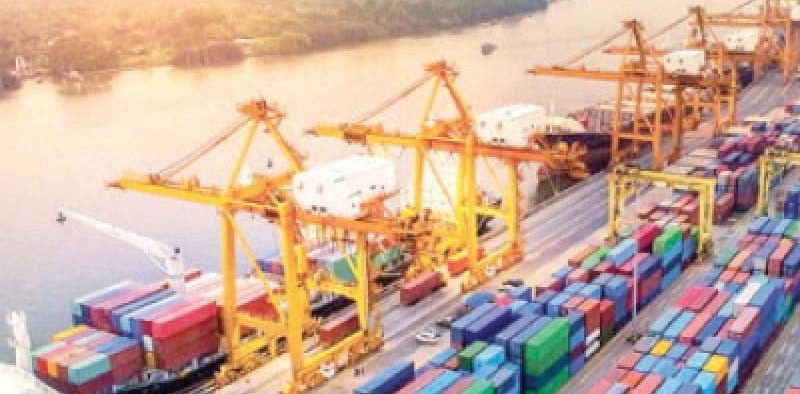With lower imports, trade deficit shrinks to $21.7b

The trade deficit – the gap between exports and imports – was 15%, or $3.9 billion, lower during the July-May period of the current fiscal year compared to a year ago, according to figures released by the Pakistan Bureau of Statistics (PBS) on Monday.
Imports during the first 11 months of 2023-24 reached $49.8 billion, down $1.2 billion, or 2.4%, according to the national data collecting agency. The reduction in imports is gradually slowing down due to the slight easing of import restrictions.
At the time of the budget announcement last year, the government had estimated $58.7 billion in annual imports, which it later slashed to $52 billion. However, it seems that imports may now remain around $54 billion by the end of FY24.
Under the next IMF package, Pakistan may have to completely lift these restrictions, which will require huge external financing.
PBS stated that exports picked up during July-May FY24 and stood at $28 billion, up $2.7 billion, or 10.7%. There is now a possibility that the government may achieve its $30.1 billion annual export target.
Exporters have not fully translated the rupee devaluation bonanza into an increase in exports as some of the gains were lost due to high energy prices.
Ministry of Finance has issued an office memorandum
The Ministry of Finance has issued an office memorandum, calculating the average rupee value of Rs295 to a dollar for the fiscal year 2024-25 budget. It has assumed a 3.5%, or Rs10 per dollar, depreciation compared to the IMF’s assumption of a nearly 16% fall in the value of the local currency.
During the first 10 months of the current fiscal year, the current account deficit narrowed to $200 million, largely because of import curbs. The IMF’s estimate of $6.4 billion in the current account deficit for the current fiscal year has gone haywire.
For the next fiscal year, the Planning Commission has said that the current account deficit is expected to widen with further easing of import restrictions for achieving growth objectives, especially for the revival of the industrial sector.
The scheduled repayment of external debt would put pressure on the country’s foreign exchange reserves and the exchange rate. However, a positive outlook on remittances, exports, and external inflows would mitigate those pressures, it added.
PBS data showed that the trade deficit remained at $2.1 billion in May over a year ago, which was equal to last year’s level. On a year-on-year basis, exports in May amounted to $2.8 billion, higher by $595 million, or 27%, compared to the same month of last year.
Compared to that, imports grew to $4.9 billion last month, higher by $598 million, or 14%.
Pakistan’s monthly imports used to range between $5.5 billion and $6.5 billion, which the country has curtailed due to the shortage of foreign currency.
On a month-on-month basis, the trade deficit contracted as exports grew 19% compared to just a 1% rise in imports.








